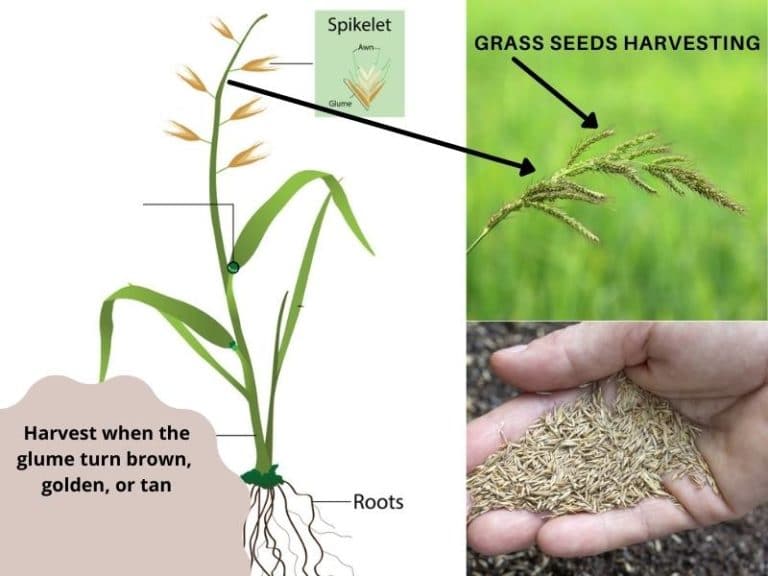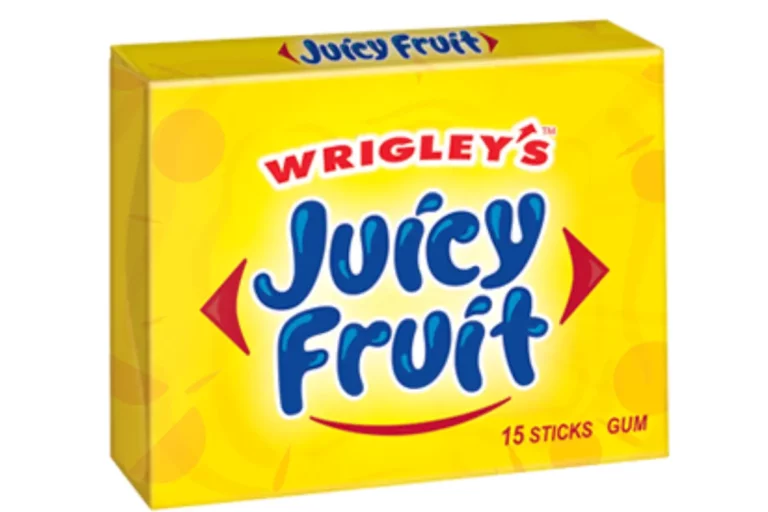How to Kill Weeds in Lawn Without Killing Grass
Weed invasion is a significant threat to the appearance and health of turfgrass on the lawn. Some weed control methods kill or injure all plants present, including turfgrass. Weed control methods can harm many species of grass. A proper weed management program for the lawn involves practices that protect the turfgrass from harm.
You can protect grass while killing weeds. Pull the weeds by hand or use a garden fork, use selective pre-emergent or post-emergent herbicides with caution or use homemade products such as vinegar and dish soap mix in a spray bottle. The method you use is dependent on the type of weeds and the turfgrass in your lawn.
Do Weeds Kill Grass or serve any purpose?
Weeds can kill the grass since they spread fast on lawns thus overrunning and suffocating the grass. However, some weeds can be beneficial such as dandelions and purslane which are edible. Additionally, they provide ground cover in exposed lawns and prevent soil erosion. Finally, they are an unconventional promoter of biodiversity in lawns.
- The weeds compete with the turfgrass for moisture, light, and nutrients. When weeds encroach on lawns, the turfgrass thins out, resulting in weak plants. Weak turf is susceptible to insects and diseases.
- Weeds compromise the uniformity and attractiveness of a well-manicured lawn.
- Weeds will reduce the efficiency of maintenance activities such as fertilization and irrigation.
Despite the damage caused by weeds, they are beneficial if found in bare patches and in small amounts. Here are the additional benefits of weeds on your lawn.
- The weeds found in exposed areas help conserve nutrients and moisture and help prevent erosion. Over time the weeds die and release nutrients into the soil.
- Some types of weeds aerate the compacted soil and reduce the hardpan in the soil.
- Weeds are a food source for microbes and organisms beneficial to the soil. Such microorganisms help aerate the soil and turn manure into nutrients.
How to kill weeds, not grass?
A weed management program involves mechanical, cultural, and chemical means. There are new tools and chemicals designed to ensure the safety of turfgrass.
Remove the weeds manually
Remove the weeds when they are young before they mature to flower and seed. You can use spades, dandelion forks, or fishtail weeders to remove weeds with thick taproots.
Yank the whole plant out with its roots. Pull the weeds when the soil is moist to make it easier to remove the entire root system.
Repeat the process on any sprouting young weeds and reseed the bare patches left.
Use of herbicides
Herbicides are economical, effective, and convenient in controlling weeds. They enable weed eradication without tillage. However, they can be risky to turfgrass, the environment, and human beings.
Selective herbicides are preferred for turfgrass to avoid killing grass. Turfgrass that is affected by herbicides typically turns yellow.
Spot treatment effectively removes weeds without killing turfgrass when using non-selective herbicides.
There are three herbicide categories.
- Pre-emergent herbicides: These herbicides kill the weed seedlings before they germinate. Take caution when applying these herbicides to newly planted seeds. First, apply the herbicides, then seed at least three months later.
- Post-emergent herbicides: These herbicides are more concentrated than pre-emergent herbicides. Most post-emergent selective herbicides only kill broadleaf weeds, not weedy grasses. They are either in granular or liquid form.
- Weed and feed herbicides: Some fertilizers have products that contain herbicides. These fertilizers are either pre-emergent or post-emergent. Make sure the ingredients in the fertilizer are specific to the type of weeds in your lawn. Use weed and feed products only when you intend on killing weeds while feeding desirable grass.
Flame the weeds
Flame steaming or tot foaming kills weeds by heating until their cell walls burst. Gas-powered flamers such as the Primus Gardener Weed Torch – Amazon.com are effective, especially for quick work.
This method is best for killing young annual weeds with shallow roots that can die after a few hours. Repeat applications on tough perennial weeds to prevent them from regrowing.
Homemade and Organic products
Most homemade products are non-selective. Avoid killing the grass by applying the products directly to the weeds.
- Vinegar Solution. A mix of vinegar and dish soap is a quick, effective home method that kills some weeds. Mix one part vinegar with one part dish soap in a bowl, put the solution in a spray bottle, and apply it on weed-choked areas. The dish soap breaks down the weed’s cuticle. The acetic acid in the vinegar dries out the weed and kills it.
Test the solution on a small spot for caution to first see the effects.
- Corn gluten meal. Corn gluten meal is more of a suppressant than a weed killer. Limit its use on mostly young weeds. Use harsher methods on established weeds. It affects the growth of weed seeds such as crabgrass, dandelions, knotweed, pigweed, and plantain.
Cultural Management Practices
Mowing, irrigation, fertilization, and turfgrass selection determine your turfgrass weed population. Improper fertilization, improper watering, and infestation of pests and diseases result in low-quality, dominant weed lawns.
Taller mowing height on the turfgrass species reduces crabgrass infestation in Kentucky bluegrass and fescues.
Fertilizing grass during its active growth reduces the likelihood of weed infestation. Additionally, higher nitrogen application rates reduce dandelion and crabgrass populations in cool-season grass.
On the other hand, more nitrogen fertilization causes fast weed growth in slow-growing grasses like Zoysia grass and Centipede grass.
Preventive weed control methods are best suited when the grass has not been planted. These measures include using certified weed-free seeds for planting, pre-emergent herbicides, and soil solarization.
Using products that won’t kill the lawn is costly due to higher labor costs and more applications than non-selective herbicides.
3 Best weed killer products that won’t kill grass
Your herbicide choice should be determined by its longevity and the weed types you need to get rid of. These are some of the best herbicides available;
Ortho B Gon Weed Killer For Lawns
Ortho B Gon weed killer is a post-emergent selective herbicide that targets broadleaf weeds like dandelion, clover, chickweed, and thistle. The benefit of this type of herbicide is that it does not harm grass.
It is safe to use on all grass types, both southern and northern lawns.
It comes in either 32 ounces or 1-gallon containers. There are many varieties of this brand. The best tend to have great user reviews.
Scotts turf builder Weed and Feed Fertilizer
Scotts Weed and Feed herbicide functions as a fertilizer and a herbicide. It adds nitrogen to the lawn and kills weeds. This is one of the best weed and feed fertilizers in the market for use in different turfgrass species.
It has a 2,4-D component that deals with dandelion, clover, and other broadleaf weeds; however, it is less effective on grassy weeds such as crabgrass. It’s in granular form and should be applied when the ground is moist for the best results.
Scotts Turfbuilder can be used on ryegrass, Centipede grass, Bermuda grass, Bahia grass, and the fescue. Make sure to read the instructions to confirm if the herbicide is suitable for your lawn.
Fahrenheit Herbicide
Fahrenheit herbicide is a selective post-emergent herbicide. It works through the weeds and roots.
Fahrenheit will kill both broadleaf and grassy weeds within 7-10 days. It contains 33% Dicamba and Metsulfuron-methyl 5 %. It can be applied in summer, spring, or fall when the temperatures are above 500 F.
Fahrenheit is mainly recommended for controlling weeds in warm-season grasses such as St Augustine and Bermuda grass.
Do not apply post-emergent herbicides on warm-season grass during the drought. Wait until the lawn greens up.
Tips for weed control
- Follow the instructions on the labels. Herbicides have different concentration levels. The incorrect application might damage your soil and grass.
- Always wear protective gear such as gloves and eye protectors. Most herbicides have high toxicity levels. Also, avoid inhaling them directly.
- Address the cause of the weeds in your lawn to prevent others from growing. A soil test can determine whether weeds are growing due to a deficiency or saturation of elements.
- Reseed and resod bare patches left to prevent new weeds
- Carry out proper lawn care and maintenance. Aerate and dethatch the lawn appropriately. Weeds may emerge due to compacted soils or problems with the lawn.
- Avoid applying chemical methods like herbicides if you will irrigate the lawn within 1.5 – 6 hours. The chemicals will seep into the soil and drain water tables, harming water supplies.
- If weeds have entirely or partially taken over your lawn, consider partial or complete renovation. You should manually or chemically remove the existing turf grass and weeds and prepare the lawn for the new establishment.
References
- University of California Agriculture and Natural Resources; Weed Management in Lawns Guidelines – UC IPM



